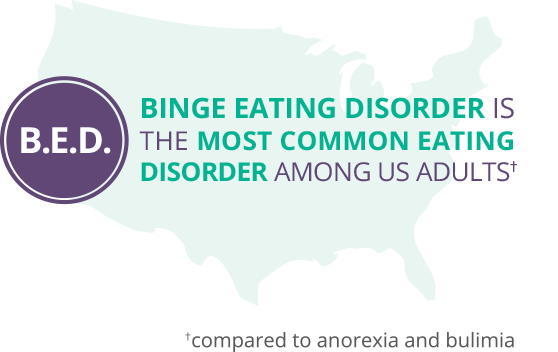 |
|
Tim McNair, a general manager at Martin Guitar, goes
through a self-guided workout at the YMCA in Nazareth,
Pa. Mr. McNair is seeking to lose up to 30 pounds.
|
The Wall Street Journal published an article showcasing a new population group feeling pushed to slim down: executives. The following article explains the pressures felt by CEOs and upper level executives to keep their companies in check as well as their waistlines.
New research suggests that a few extra pounds affects an executive’s perceived leadership ability and stamina on the job.
While marathon training and predawn workouts aren’t explicitly part of a senior manager’s job description, leadership experts and executive recruiters say that staying trim is now virtually required for anyone on track for the corner office.
“Because the demands of leadership can be quite strenuous, the physical aspects are just as important as everything else,” says Sharon McDowell-Larsen, an exercise physiologist who runs an executive-fitness program for the nonprofit Center for Creative Leadership.
Executives with larger waistlines and higher body-mass-index readings tend to be perceived as less effective in the workplace, both in performance and interpersonal relationships, according to data compiled by CCL. BMI, a common measure of body fat, is based on height and weight.
CCL staff detected the correlation after collecting hundreds of peer-performance reviews and health-screening results from the CEOs and other senior-level managers who participate in its weeklong leadership workshops in Colorado Springs. A pair of university researchers, using data from 757 executives measured between 2006 and 2010, found that weight may indeed influence perceptions of leaders among subordinates, peers and superiors.
Tim McNair, a general manager at Nazareth, Pa.-based guitar maker C.F. Martin & Co., says he was inspired to make some changes after spotting his “gut” on camera during a recent public-speaking exercise while attending the CCL workshop.
He wondered whether his colleagues had the same reaction to his appearance, he says, adding: “Would they think, ‘If he can’t keep his hand out of the cookie jar, how can he do his job?'”
So the 44-year-old, who says his peers’ evaluations were somewhat harsh, recently rejoined the local gym, where he heads after work at least three days a week to run on the treadmill,
cycle or stretch. He has also given up double cheeseburgers, steak, ice cream, Coca-Cola and Tastykakes, opting for a healthier diet of grains and vegetables. In four months, he has shed about 25 pounds.
The fitness imperative for executives is relatively new, says Ana Dutra, the CEO of Korn/Ferry Leadership and Talent Consulting. She pegs the shift to the sudden deaths of high-profile CEOs, including McDonald’s Corp. chief Jim Cantalupo, who died of a heart attack in 2004, 16 months after taking the post. His successor, Charlie Bell, died less than a year later of cancer at the age of 44. In 1997, Coca-Cola Co. Chairman Roberto Goizueta, a smoker, died weeks after being diagnosed with lung cancer.
The CEOs of today are also more visible than their forebears and must be camera-ready at a moment’s notice, composed while courting investors and ready to respond in a company emergency. Excess weight can convey weakness or a “lack of control,” says Amanda Sanders, a New York-based image consultant who has worked with senior executives at Fortune 500 firms.
“It’s the leadership image you project,” says Mark Donnison, 47, a senior executive director at Canadian Blood Services who has lost 25 pounds since starting an early-morning workout rotation of cardio, weights and yoga last summer. “Folks do see how you live.”
In general, the executives in the Center for Creative Leadership study were healthier than the average American. They drank and smoked less and were more likely to exercise regularly. About half were considered overweight or obese, defined as having a BMI of more than 25. By contrast, more than 60% of Americans fit this description, according to a Gallup-Healthways Well-Being Index last year.
The sample’s leaner executives, defined as having a BMI under 25, were viewed more favorably by peers, averaging 3.92 for task performance on a five-point scale; heavier leaders averaged 3.85. Similarly, members of the leaner group rated higher on interpersonal skills.
The study controlled for factors such as age, race, gender, job level and personality traits. Results were similar across industries, says Eden King, one of the study’s researchers and an associate professor of psychology at George Mason University.
Wherever you fall on the chain of command it is important for both executives and employees to take charge when it comes to their health. If a well fit CEO reflects strong leadership than healthy employees reflect a solid team to customers and competitors. Heal n Cure’s Corporate Wellness Enhancement Program delivers dramatic results in prevention and wellness through immediate identification and intervention of serious health issues.
Heal n Cure’s Corporate Wellness Enhancement Program:
-
Focuses on helping employees with the greatest health risk and healthcare costs.
-
Reverses expensive chronic conditions and prevents complications requiring hospitalization or other more expensive treatments.
- Improves your organization’s bottom line by preventing chronic illnesses and complex medical problems from developing into costly complications that require invasive interventions.
Source: KWOH, LESLIE. “Want to Be CEO? What’s Your BMI?” The Wallstreet Journal. N.p., 16 Jan. 2013.
Web. https://tinyurl.com/m3cajs6



